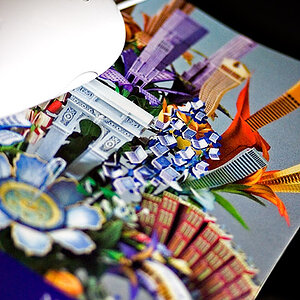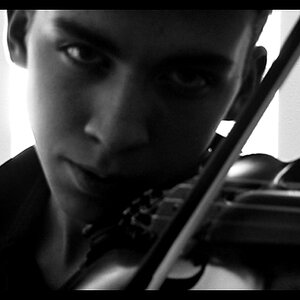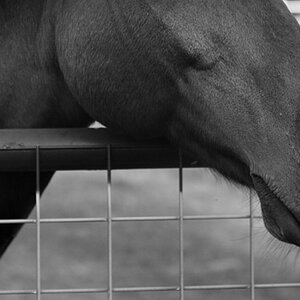Ysarex
Been spending a lot of time on here!
- Joined
- Nov 27, 2011
- Messages
- 7,139
- Reaction score
- 3,701
- Location
- St. Louis
- Can others edit my Photos
- Photos OK to edit
f the SAME height, despite different sensor sizes and different lens lengths and maximum aperture values.
So if I took a lens, projected the image on the wall and then drew a rectangle out on the wall and labeled it "image area" the depth of field would change within the rectangle?
Not a correct usage of DOF. DOF and how it is calculated is well defined by the industry. I.e. DOF is not calculated at the film plane.
Calculations for DOF require a value for the circle of confusion: Circle of confusion - Wikipedia, the free encyclopedia
As I said, the CoC is calculated based on the size of the film or sensor. Show us the math that says otherwise, otherwise here is a simple proof:
View attachment 117769
Where H = hyper focal distance, f = focal length, N = f stop, and c = circle of confusion. The formula requires a value for c.
Reference: Hyperfocal distance - Wikipedia, the free encyclopedia
Joe
You're absolutely right. And come to think of it, it makes sense.
However, my math is still suggesting that magnification is a significantly greater factor until you get into higher magnifications.
Oh hey, I didn't say anything about how important a factor sensor size is -- just that it's a factor. Absolutely magnification is the dominant factor in controlling DOF -- you are correct. Reduced to most simple form DOF is a function of magnification and f/stop. Magnification expands to a fairly complex component of the equation that includes subject distance, focal length and ultimately enlargement. Sensor size plays it's role when you expand the factor enlargement.
Joe




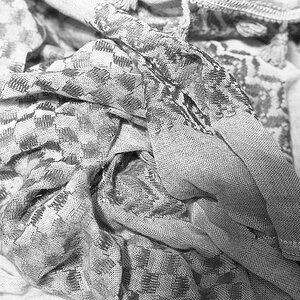
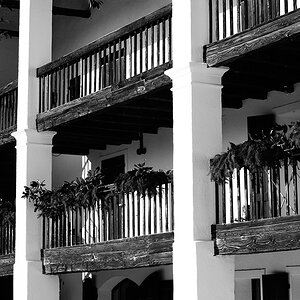


![[No title]](/data/xfmg/thumbnail/42/42034-6262420ff3ea238f05395bbcc7ae1f28.jpg?1619739985)

![[No title]](/data/xfmg/thumbnail/32/32158-8de1a90710a58144b47a0cee83a6c820.jpg?1619735234)
